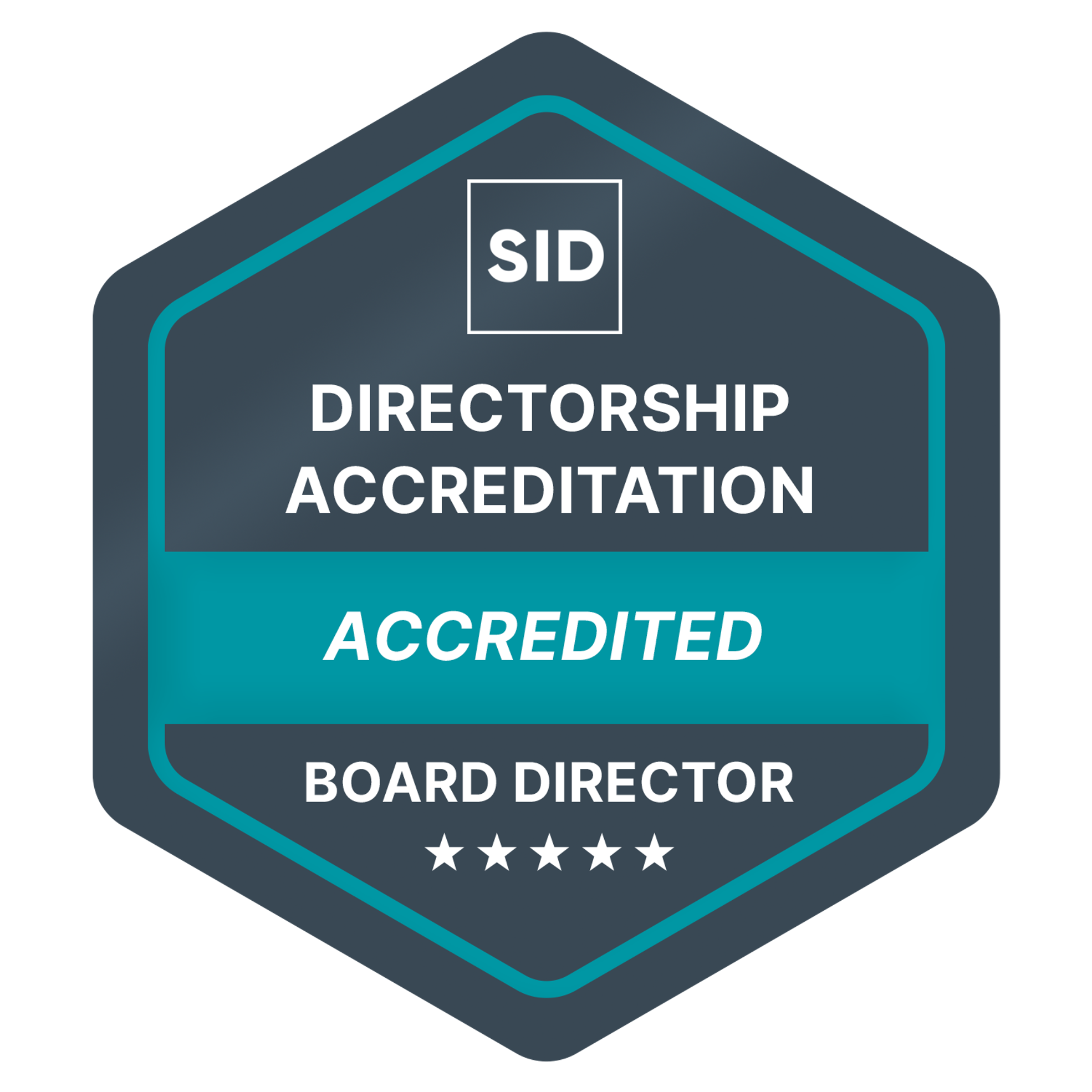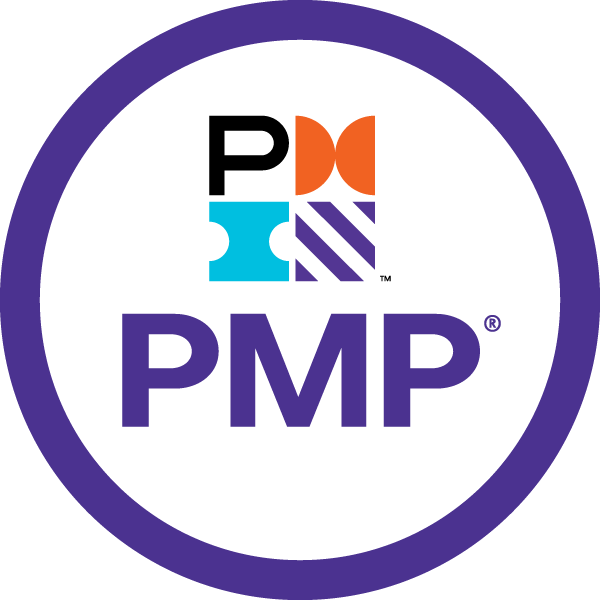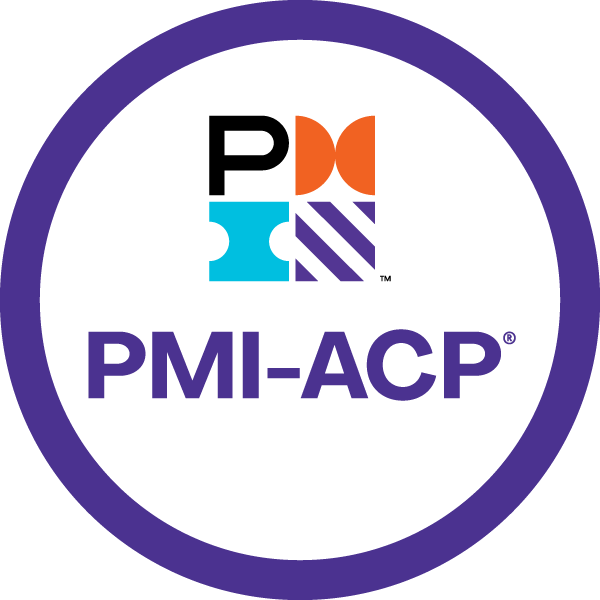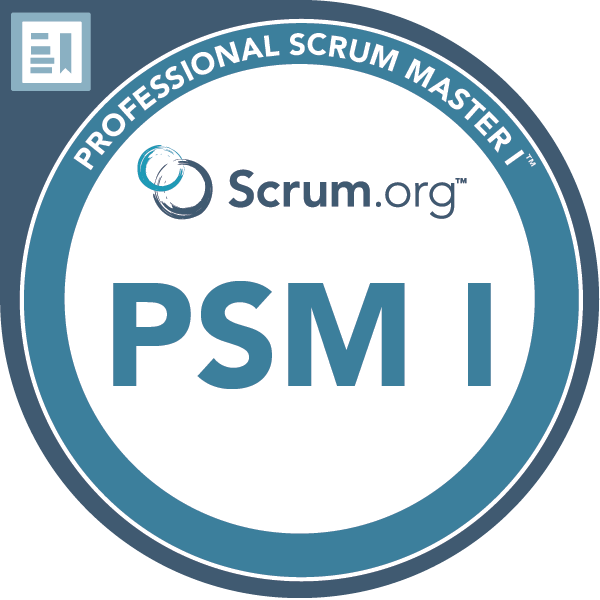What Role Do I Fill
I specialise in crafting early prototypes using cutting-edge technology stacks to validate ideas for fledgling startups, often before they have a product or funding.
Much like how an architect drafts a blueprint before a contractor builds a house, a solution architect creates a technology blueprint independently before involving a third-party agency to bring your technology to life. This approach ensures a flexible relationship between architecture and development, allowing you to choose the best development team without being tied down prematurely.
Solution Architecture
An independent technological blueprint on which to develop your idea. This includes infrastructure, applications, databases, and various other things.
Validation Scoping
Build just enough for your validation to keep costs low. Capture the correct data points to prove that your idea works.
Agency Vetting
Communicate with the development agency as your subject matter expert to ensure they can deliver on their promises.
Entity Creation
Set up your entity in one of the trusted jurisdictions for startups – Singapore. As an accredited director, I can help navigate the requirements in setting one up.
I am NOT your cheap alternative developer. I will not build what you had in your mind as an MVP by myself with your shoestring budget. I aim to reshape the MVP to fit your budget so you can do market validation as soon as possible.





1. Discovery
Discovery calls with your various stakeholders to set the stage for the rest of the engagement. This is usually done across a few calls over a couple of weeks.
2. Scoping
Proposed action plan for your particular startup. This includes defining your hypothesis, identifying relevant metrics, and determining how best to validate it.
3. Architecture
Creation of technical architecture documents to support your validation effort. This includes infrastructure, applications, databases, and more.
4. Development
Assess and pick a suitable development agency that has a good track record. Act on your behalf as your subject matter expert.
5. Validation
Launch a prototype to start your validation process. Monitor metrics closely and implement changes in the hypothesis if necessary.
6. Maintenance
Ongoing maintenance for the whole system for as long as the validation phase is running. This includes bug fixing, system scaling up/down, etc.
You can bring these documents to any development agency and have them built.
Architecture Diagram
Your infrastructure blueprint is usually based on AWS serverless technology, which minimizes your running and maintenance costs while you validate your value propositions.
Data Modelling
This is a blueprint for how you should set up your databases. For agility, this will usually be based on a NoSQL database.
Functions Documentation
List of functions, their input and output, triggers, schedules, logic, and other relevant information necessary to create your prototype.
API Spec
API documentation on what endpoints are available for your front end (or customer) to invoke.
Every project is unique, and so is the related fee structure. For most projects, the cost will comprise a combination of cash and equity. Every phase is designed to have an independent deliverable, so there is no lock-in, and you can choose to stop the engagement anytime.
